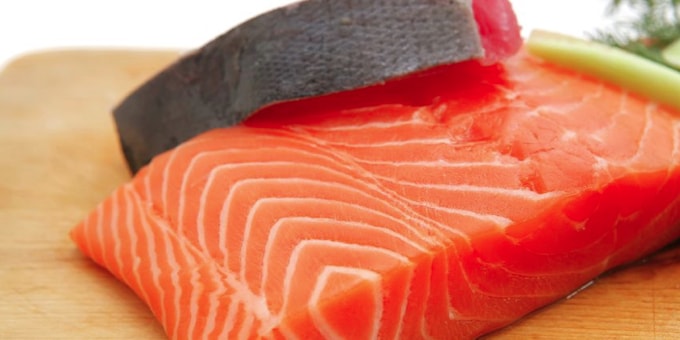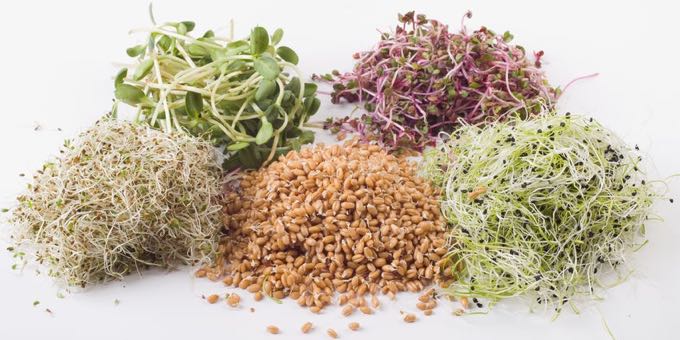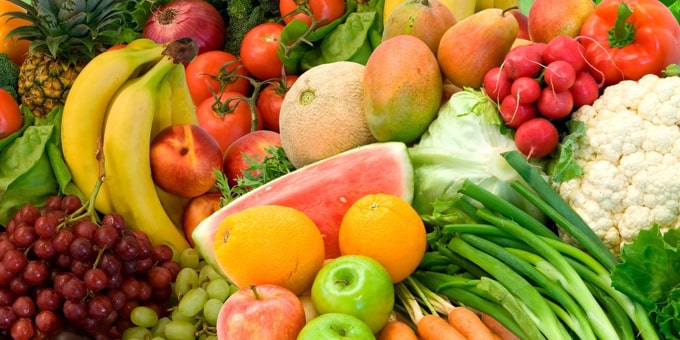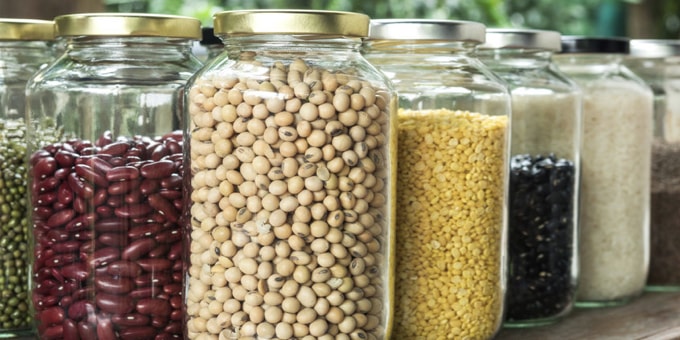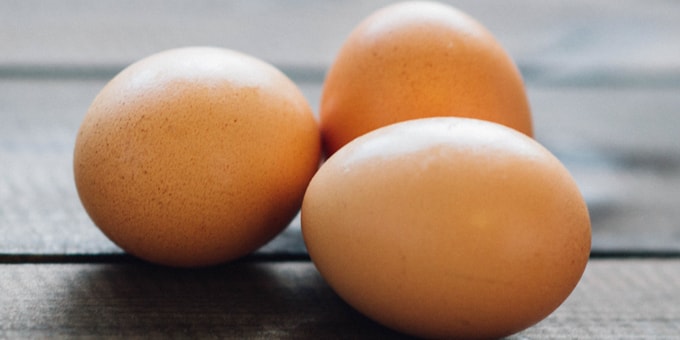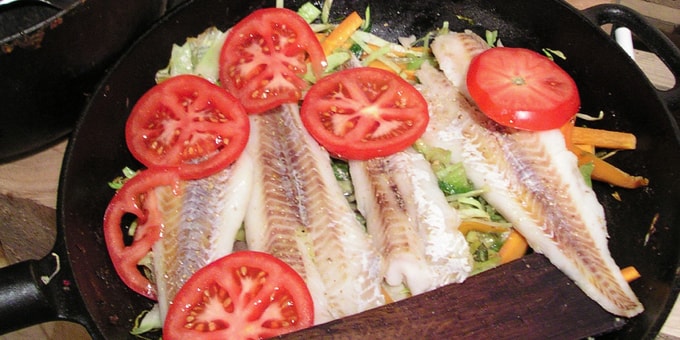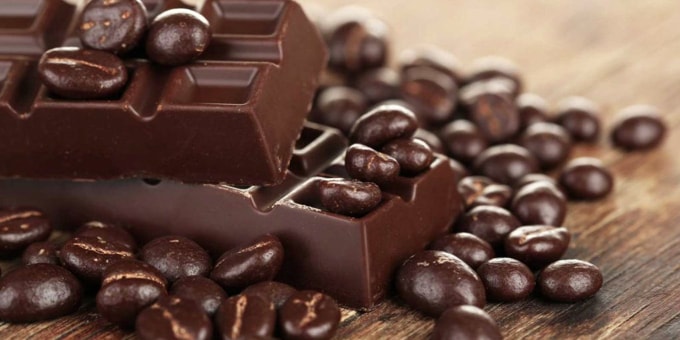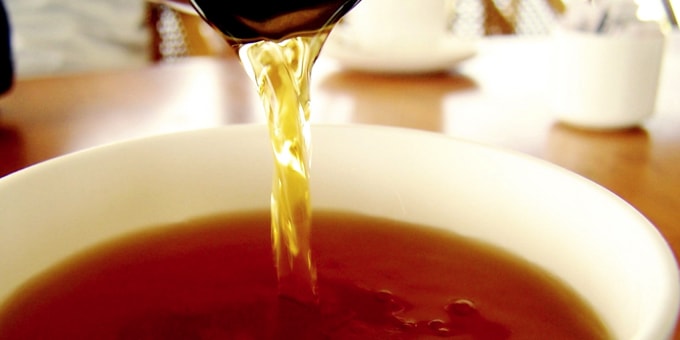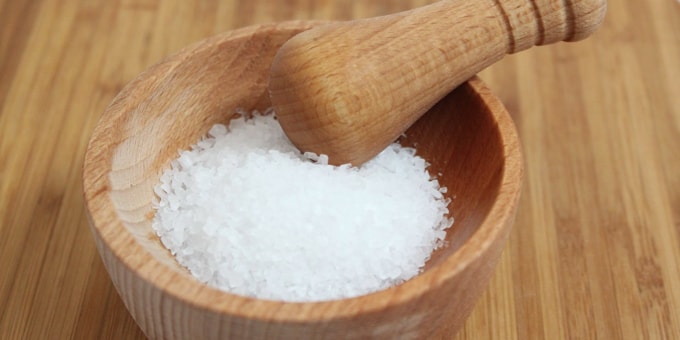CHOOSING HEALTHY FATS
To some, the term – Healthy Fats – seems like an oxymoron. The word ‘fat’ in relation to food can scare a person and send them running to the hills. ‘Fat’ has become a word in the American diet that many people perceive as a negative factor in food when in reality, fat can be very beneficial and necessary in a person’s diet. As beneficial and necessary as fat can be, there are types of fats that are good and bad for our bodies. In this article, the focus will be on the healthy fats that support our bodies and choosing the right one for you!
OMEGA-3’S
The first fat of focus is Omega-3’s. Omega-3 fatty acids are a type of polyunsaturated fatty acids that may help lower cholesterol levels and support heart health. When strolling through Viking Village Foods, the fish department is loaded with this healthy fat. According to the Academy of Nutrition and Dietetics, current dietary recommendations are to include fish in your meals at least twice a week. Fish high in Omega-3 fats are salmon, albacore tuna, sardines, lake trout, and mackerel.
Another great source, which is a plant-based source of Omega-3 are walnuts, which are also rich in vitamin E and can be added to about any dish or enjoyed as a snack. When cooking or baking, you may use canola oil which is an excellent source of this healthy fatty acid. Canola oil can replace butter and margarine and works well for sautéing and stir-frying.
Two other great sources of Omega-3 fatty acids are flaxseed (preferably ground or oil) and eggs. Ground flaxseed is a great addition to breakfast cereal, yogurt, baked goods, and casseroles. Oil flaxseed can be used as a salad dressing or drizzled over pasta and rice. Chickens that grass-fed or given feed high in omega-3s will produce eggs that contain more amounts of Omega-3s. When purchasing eggs, check the package label for information on how the chickens were fed.
MONOSATURATED
Another fat of focus are monounsaturated fats. Monounsaturated fats improve blood cholesterol levels, which can decrease the risk of heart disease. Overall, nuts are a great source of this heart-healthy fat. In addition, nuts are also a great source of fiber, protein, and many different vitamins and minerals. One thing to consider when eating nuts is portion control. Because nuts are a healthy-fat, they are also high in calories. A small handful is a great portion size and keeps the calories to a minimum.
Olive oil is also a great source with a variety of uses. Some examples are salad dressings, sautéing, or dipping breads in. Another nutrient-packed monounsaturated fat is the avocado. Avocados are not high in this fat, but also packed with folate, vitamins E, C, and B6, potassium, and fiber. Avocado is also very versatile and can be used as a substitution in baking, eating in a salad, pizza, soup, salsa, eggs, and sandwiches. Lastly, peanut butter is a great source of heart-healthy fat because nearly half of its fat content is monounsaturated fat. You may notice that your peanut butter has oil on top, which is the healthy fat content, after it sits for a day or two. Resist the urge to pour it out, rather stir the peanut butter, mixing the oil back in.
Fat is a nutrient that is necessary for our health. It is all about choosing the right fat for you and trying to limit the unhealthy fats such as saturated fat and trans fat. The foods mentioned contain the healthy fats that our bodies need as well as many other vitamins and minerals but it is important to remember in moderation. Fats can be high in calories so it is important to keep portion control in mind to avoid excess calories and potentially added weight.
For more information, check out EatRight.org
Dishin’ Out Healthy – Health Educator: Nichelle
There is no diet that will do what eating healthy does. Skip the diet, just eat healthy.

